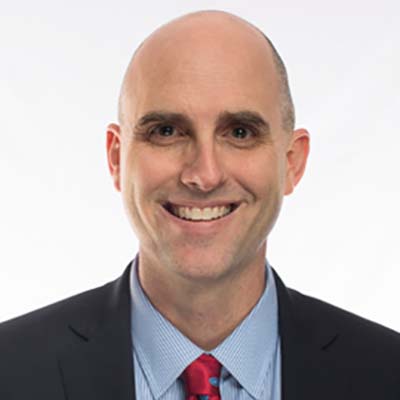A few months ago,
Perspectives reported on Vituity's 2015 collaborative learning initiative, a process designed to rapidly improve emergency department (ED) performance.
To recap, here's how it works. Nurse and physician leaders from the participating EDs gather for a kickoff meeting to learn about best practices and formulate initial action plans. They then work with their onsite teams to refine and implement these changes. Throughout the process, they receive expert coaching and support from the collaborative staff and their fellow participants.
The eight EDs of the throughput collaborative have been enhancing their operations with the goal of improving their turnaround times. After six months of hard work, they recently held their final meeting to celebrate their successes and share the lessons they learned.
Simple Changes, Big Impact
Overall, the throughput collaborative was a huge success. As a group, the participating EDs reduced their turnaround time to discharge by 30 minutes. These sites see about 500,000 patients a year, so collectively, they've saved patients about 20 years of waiting!
Every team took a unique approach to change. Some examples:
- Pomona Valley Hospital Medical Center split its Rapid Medical Evaluation (RME) process into two areas: one for lower-acuity patients staffed by a PA and one for higher-acuity patients staffed by a physician. The quick look nurse helped direct each patient to the appropriate area.
- Desert Regional Medical Center streamlined its intake process by having the triage nurse and registrar work as a team. This means they can more quickly greet patients and funnel them to the appropriate level of care.
- Redlands Community Hospital assigned a specific physician and physician assistant to care for RME patients. (Previously, no one provider was responsible for these patients, which created confusion and reduced efficiency.)
How Did They Do It?
Despite these successes, the journey toward improved throughput was a challenging one. Here are some of the key lessons participants shared at our final meeting:
1. Nurse-Physician Collaboration is a key to success. Often, nurses and physicians have different agendas for improving the department. Both are equally important. But unless they coordinate their efforts, they will be less effective — and may even end up working at cross-purposes.
One of the biggest benefits of the collaborative learning model is that it provides protected time for the two teams to sit down in the same room and talk. Our teams were impressed by how much more they were able to accomplish by focusing on shared goals and coordinating their efforts.
2. Structure can save the day. When we began this collaborative, we purposely selected EDs that weren't experiencing any major upheavals (e.g., construction projects, EHR implementation, leadership turnover). But despite our best-laid plans, every team in this year's collaborative got thrown at least one curveball. One hospital experienced a flood that forced it to close about one hundred inpatient beds. Another ED dealt with a union grievance.
Faced with these distractions, it would have been easy for the participants to snap into survival mode and put throughput on the back burner. Yet they all managed to maintain focus and move forward. Through the collaborative process, they had formulated well-articulated action plans that provided a clear roadmap for change — even during stressful times.
When dealing with a complex issue like turnaround, quick fixes are rare. It took our teams at least three months to roll out their projects and see meaningful results. And in the life of any ED, three months rarely pass without some sort of crisis or distraction. The best defense is to build structure into your initiative with a detailed, written plan.
3. Staff retreats are a best practice. Several of this year's leadership teams kicked off the change process by holding an all-day retreat for the entire ED team. This provided them an opportunity to share their vision and obtain input on the proposed action plan. Retreats proved to be a powerful tool for obtaining buy in and engaging staff in the change process.
4. Any ED can change. In my experience, there's a lot of learned helplessness in the ED world. We believe we can only change if we get more capital, more space, more staff or more support from the C-suite. But for the most part, the collaborative teams improved their turnaround times without much additional capital or manpower.
So what does it take? In the end, I think it comes down to having nurse and physician leaders who are committed to change and follow through. That openness and willingness is really the only thing that separates the EDs in the collaborative from any other.
That's not to say change is easy. It's pretty much impossible to get an entire emergency department — 30 doctors and 100 nurses in some cases — into one room to talk. (And if you did, who would care for the patients?) Communicating the plan, obtaining buy in and hardwiring new processes into the organizational culture take time and perseverance. Which is why, again, commitment from the leadership is an essential ingredient.
A Job Well Done
As the facilitator for the throughput collaborative, I just can't express enough admiration for the leadership teams that participated. They achieved some impressive changes — which, as we all know, doesn't happen easily. The participants really poured their heart and soul into the work, and they deserve a ton of credit for their accomplishments.
And while process work can be tedious, it's important to remember that these efforts are likely saving lives. When patients are seen quickly, they experience fewer delays in diagnosis and treatment. For some of them, the hours and minutes we're saving make all the difference.






















